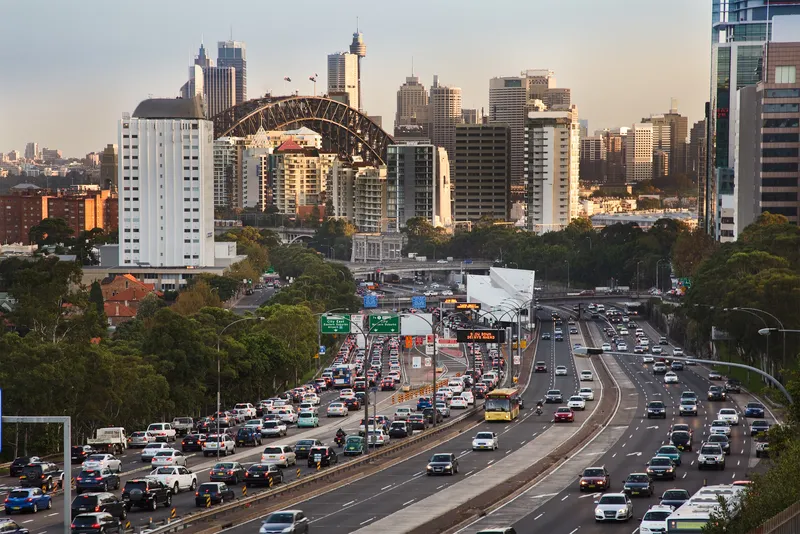A new interchange design to improve traffic management will be a key part of a major Queensland, Australia road project, with the contract awarded today for a US$712 million (AU$929.3 million) upgrade to the Bruce Highway between Caloundra Road and the Sunshine Motorway.
Minister for Infrastructure and Transport Darren Chester and Queensland Main Roads Minister Mark Bailey today announced a Fulton Hogan Seymour Whyte joint venture had won the contract for the project, which aims to ultimately reduce cong
September 22, 2016
Read time: 2 mins
A new interchange design to improve traffic management will be a key part of a major Queensland, Australia road project, with the contract awarded today for a US$712 million (AU$929.3 million) upgrade to the Bruce Highway between Caloundra Road and the Sunshine Motorway.
Minister for Infrastructure and Transport Darren Chester and Queensland Main Roads Minister Mark Bailey today announced a Fulton Hogan Seymour Whyte joint venture had won the contract for the project, which aims to ultimately reduce congestion and travel time for motorists.
The project involves widening the highway to six lanes, as well a major upgrade to the Sunshine Motorway interchange and reconfiguring the Caloundra Road interchange to a diverging diamond interchange, in which the two directions of traffic on the non-freeway road cross to the opposite side on both sides of the bridge at the freeway. This is a first for Australia and could be used in future projects across the country, according to Darren Chester.
Chester said this intersection zone sees the most crashes on the Bruce Highway and it urgently needs a new approach to traffic management for the roughly 60,000 vehicles that use it every day.
Preliminary construction is anticipated to start by the end of 2016, with major construction expected to start in mid-2017 and be completed in 2020, weather permitting.
Minister for Infrastructure and Transport Darren Chester and Queensland Main Roads Minister Mark Bailey today announced a Fulton Hogan Seymour Whyte joint venture had won the contract for the project, which aims to ultimately reduce congestion and travel time for motorists.
The project involves widening the highway to six lanes, as well a major upgrade to the Sunshine Motorway interchange and reconfiguring the Caloundra Road interchange to a diverging diamond interchange, in which the two directions of traffic on the non-freeway road cross to the opposite side on both sides of the bridge at the freeway. This is a first for Australia and could be used in future projects across the country, according to Darren Chester.
Chester said this intersection zone sees the most crashes on the Bruce Highway and it urgently needs a new approach to traffic management for the roughly 60,000 vehicles that use it every day.
Preliminary construction is anticipated to start by the end of 2016, with major construction expected to start in mid-2017 and be completed in 2020, weather permitting.










